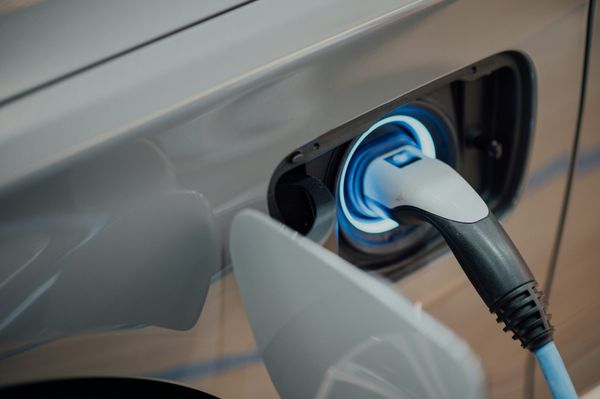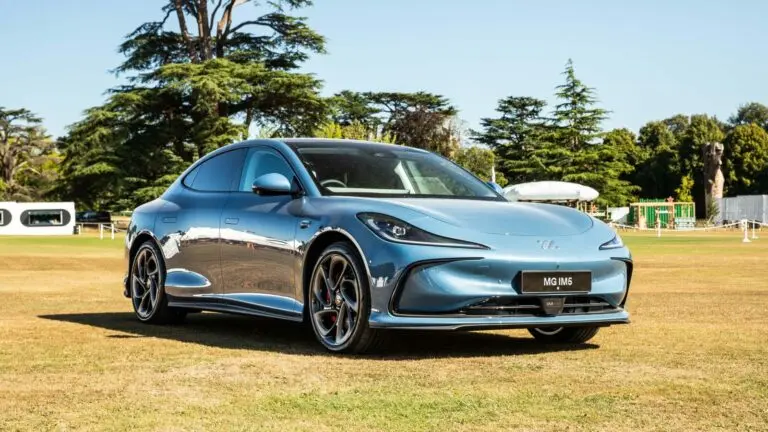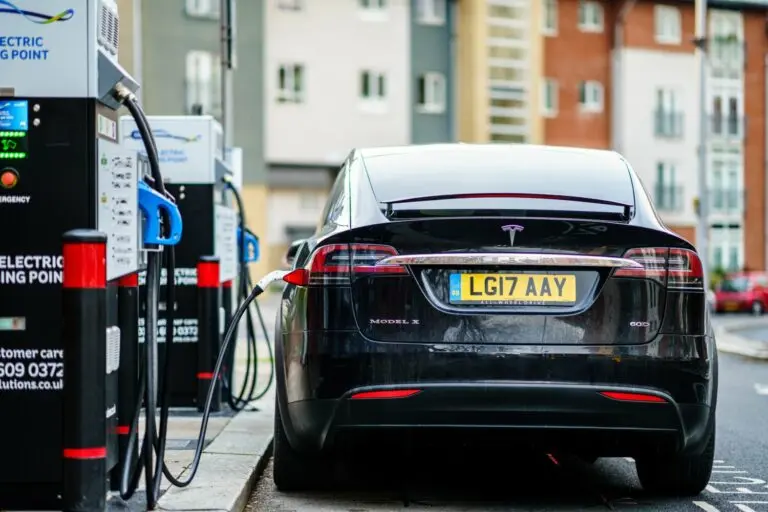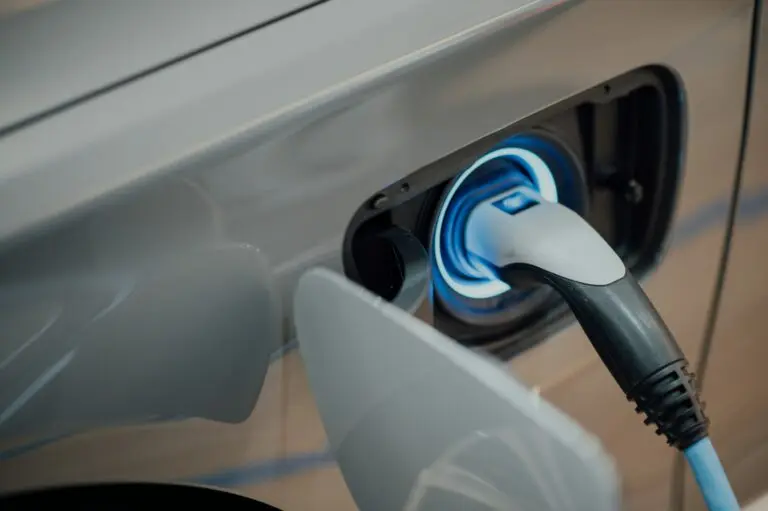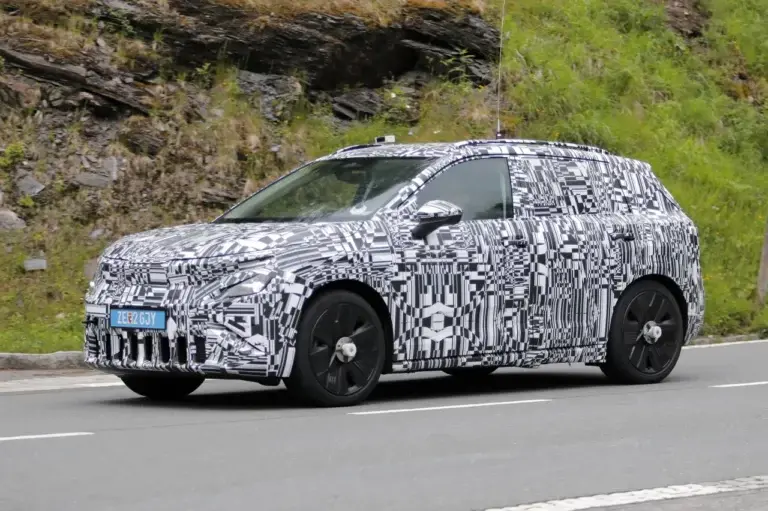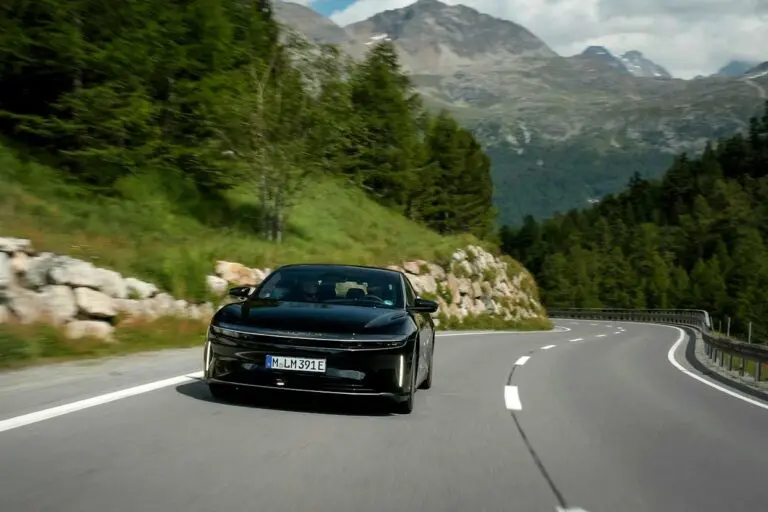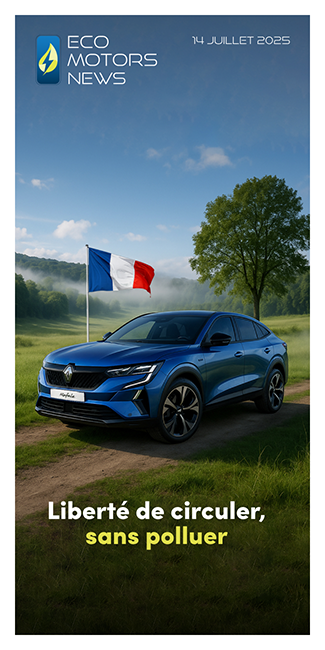Long confined to its role as a means of transport, the electric car is becoming more emancipated. It can now also power a house, an appliance or even help to stabilise the electricity grid. The reason: the rise of a still little-known but promising technology – bi-directional charging. An innovation that could well turn every electric car into an active link in our energy transition.
A two-way flow of energy
Today, recharging an electric vehicle is a simple, one-way process: plug in, recharge, unplug.
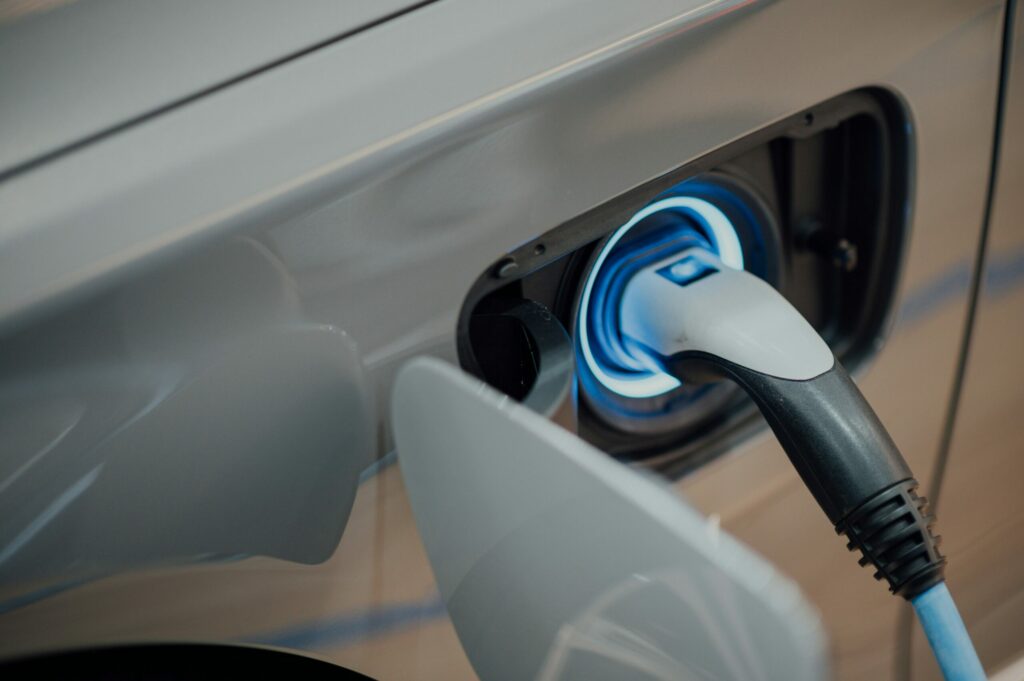
But with bi-directional charging, a new dynamic is taking shape. Energy no longer flows only from the grid to the car, but can also circulate from the car to the grid, the home or a third-party device.
Technically, everything hinges on the bi-directional inverter, integrated either in the charging point or directly in the vehicle. This component converts direct current (DC) from the battery into alternating current (AC), ready to be fed into a domestic system or the public grid.
Communication between the vehicle and the infrastructure is via the ISO 15118 protocol, and an intelligent management system(EMS) automatically controls energy flows according to needs and tariff periods.
Three concrete uses, three complementary functions
The technology currently has three main applications:
– V2G (Vehicle-to-Grid): the vehicle returns electricity to the grid to help manage peak consumption or integrate renewable energies.
– V2H (Vehicle-to-Home): the battery supplies electricity directly to a home, optimising consumption according to the time of day or any power cuts.
– V2L (Vehicle-to-Load): the car becomes a portable battery, capable of powering an external device via a simple 220 V socket.
Some models already offer this feature, such as the Hyundai Ioniq 5, the Kia EV6 and the MG4, allowing you to plug in a computer, a construction tool or a fridge when camping, for example.
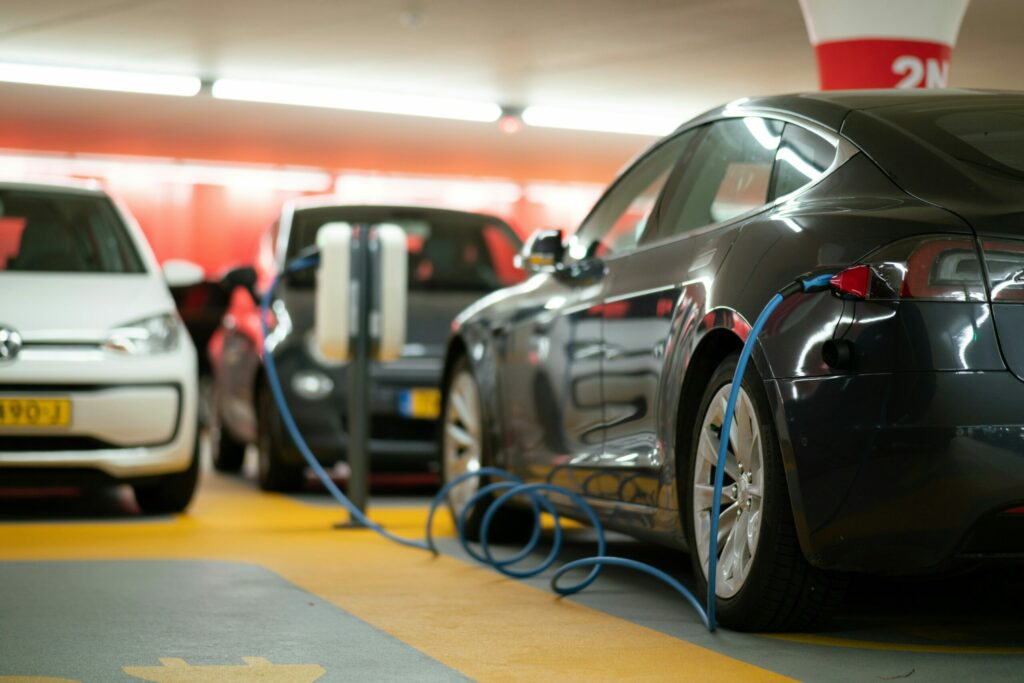
A technology that is still costly, but on the way to democratisation
For the time being, access to two-way charging remains the preserve of a niche market.
A two-way bollard currently costs between €3,000 and €5,000, excluding installation costs. A substantial investment, but one that is set to fall as the technology becomes more widespread.
A number of public aid schemes are being studied to support this transition and encourage both private individuals and local authorities to invest.
A reservoir of energy in motion
The energy potential of this technology is considerable.
A car with a 60 kWh battery (the current standard) can power a household for 2 to 3 days in the event of a power cut. If 1 million vehicles each injected 10 kWh, this would represent 10 GWh that could be mobilised instantly: the equivalent of the output of several power stations for several hours.
So we can imagine a future in which cars, far from being passive consumers, become mobile energy reservoirs, playing an active part in managing the grid.
Which vehicles are compatible with two-way charging?
Not all electric vehicles are yet capable of supplying energy externally. Three conditions must be met:
- An on-board charger capable of operating in reverse mode;
- A BMS(Battery Management System) compatible with controlled discharge;
- A communication protocol such as ISO 15118 or CHAdeMO (in the case of the Nissan Leaf).
Several manufacturers have already incorporated this technology into their current or future models:
– Nissan Leaf, pioneer via CHAdeMO ;
– Kia EV6, Hyundai Ioniq 5, Volkswagen ID. Buzz;
– Renault Scénic E-Tech (2024);
– And soon Tesla, with its new V4 Superchargers, designed for V2G.
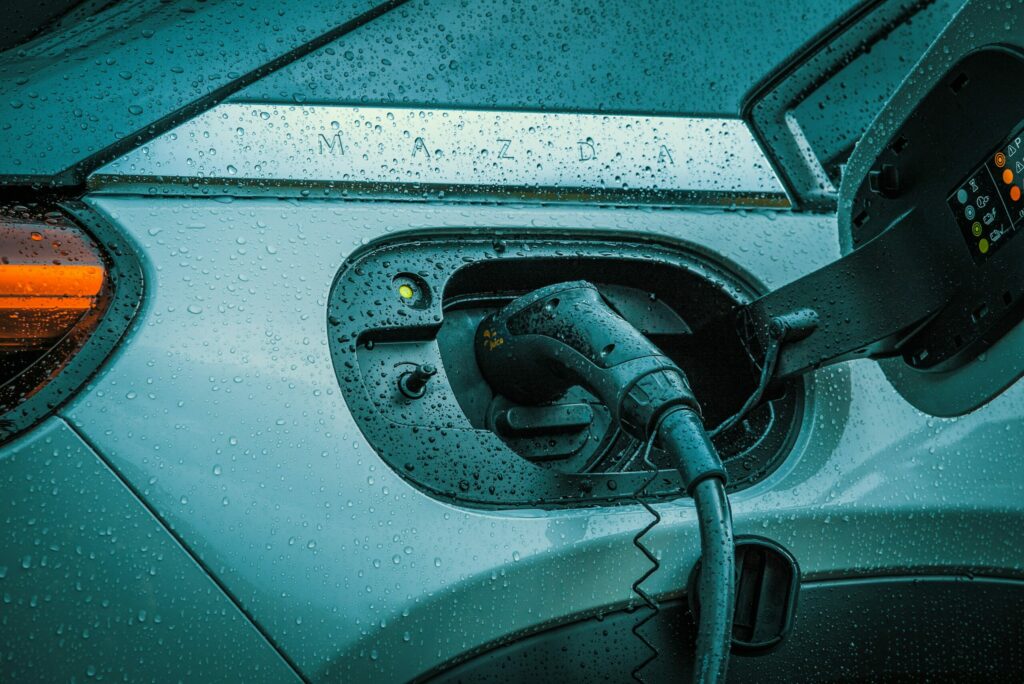
A technology under development in several regions of the world
France is no exception. EDF, Enedis, Renault and Stellantis are piloting several experiments with the support of local authorities.
Other countries are making rapid progress in this area:
– Japan: a pioneer with Nissan, which is deploying its vehicles in post-disaster scenarios;
– Netherlands: experimentation on the scale of entire neighbourhoods;
– United States (California): school fleets and public services being tested;
– Germany: integration of EVs in virtual power plants managed by energy companies.
Fast-growing technology players
In addition to manufacturers, specialist companies are developing innovative solutions:
– Nuvve (United States): world leader in V2G, particularly for fleets;
– Wallbox (Spain): its Quasar 2 residential terminal enables V2H/V2G in the home;
– The Mobility House (Germany): a pioneer in intelligent energy management;
– In France, start-ups such as Mobilize Power Solutions and Ijenko are positioning themselves in this niche.
Towards a network player car
Two-way charging is redefining the role of the car in our daily lives.
It is no longer just a mobility tool, but a piece of the energy puzzle. It makes it possible to make the most of stored energy, optimise self-consumption, deal with unforeseen circumstances and, above all, support an increasingly busy electricity grid.
In the future, plugging in your car won’t just mean « filling up ». It could also mean « giving back to the system ». And making a silent contribution to the energy balance of tomorrow.

